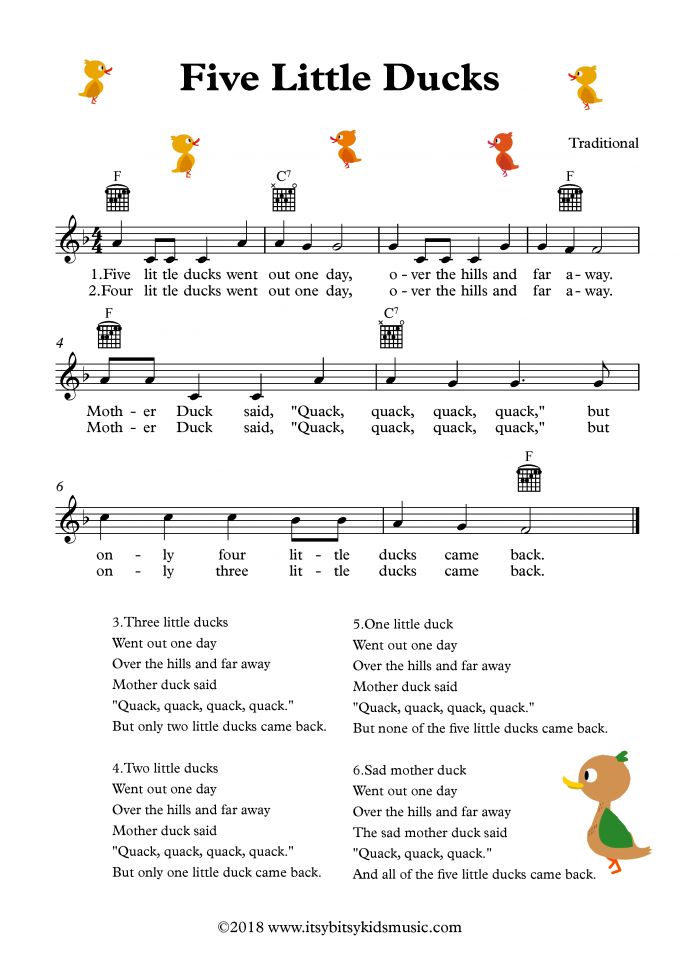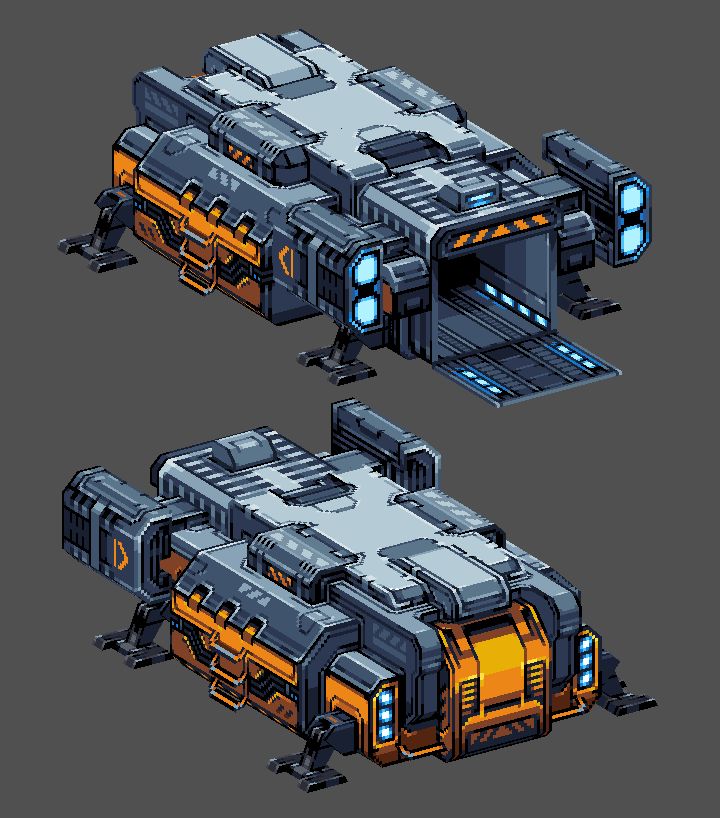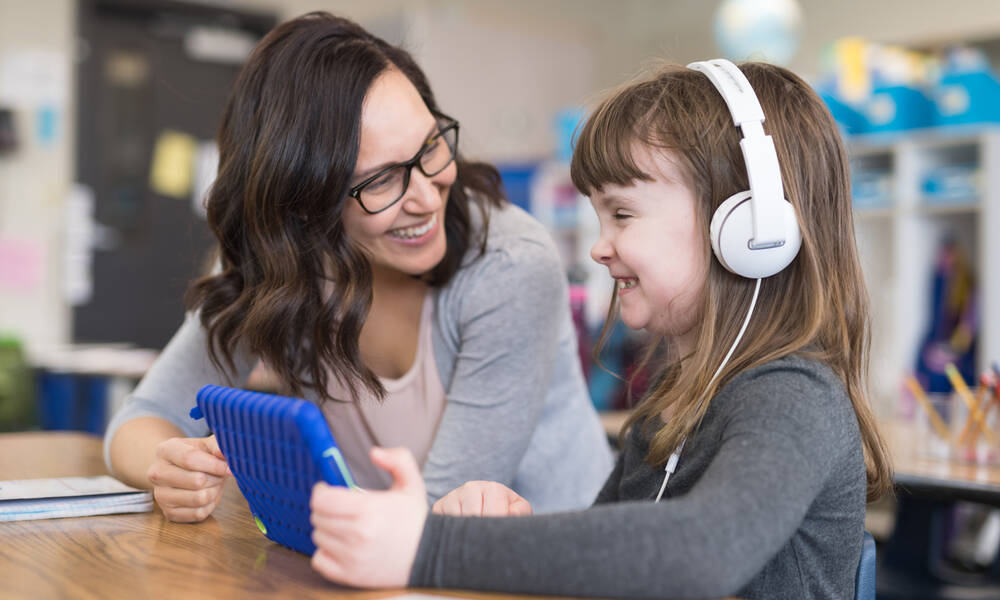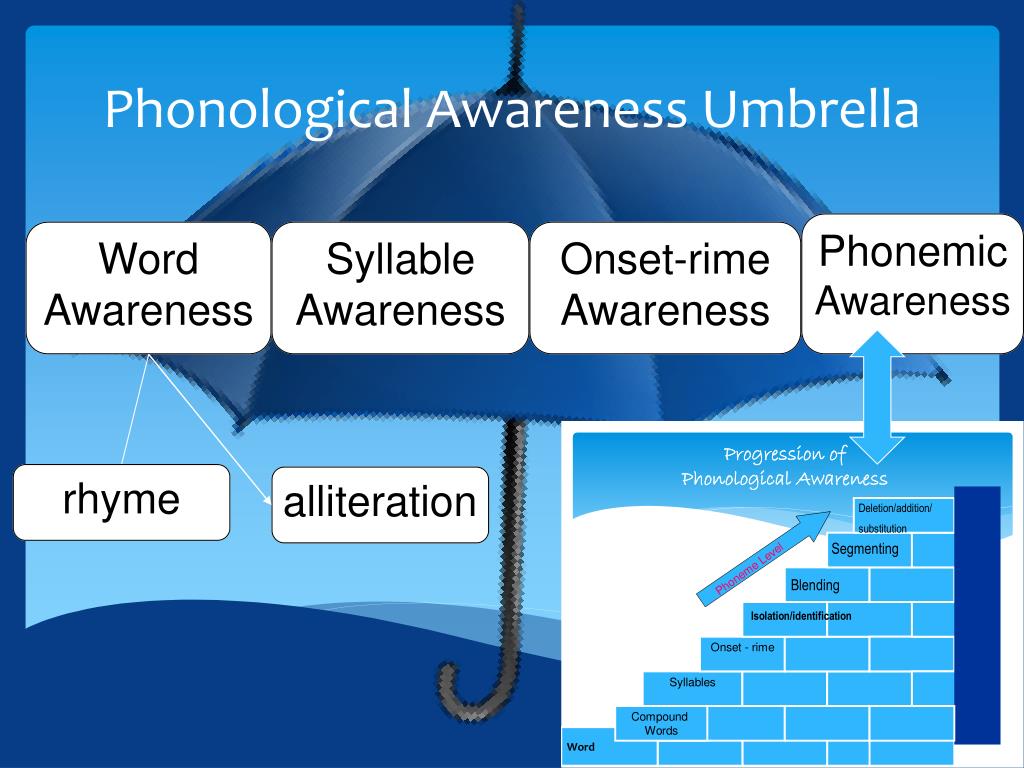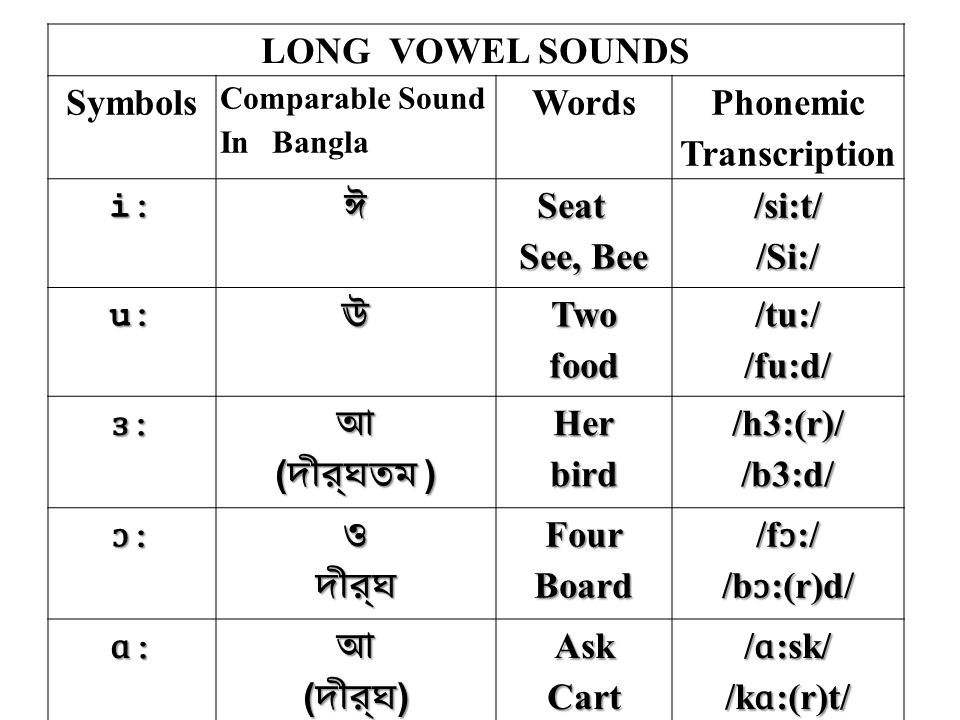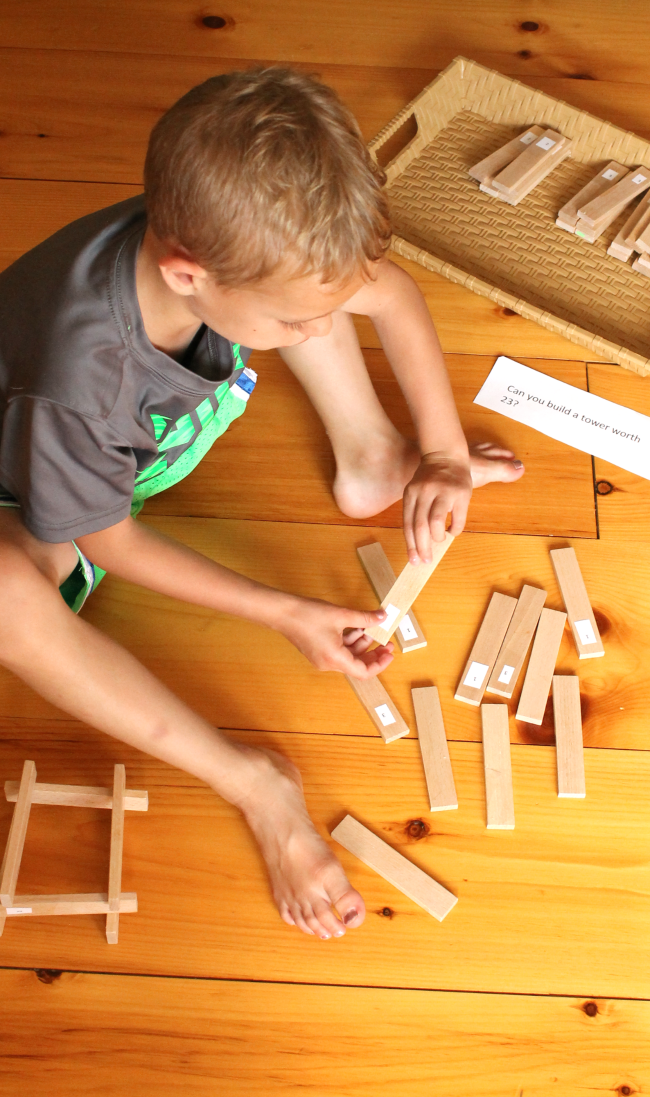Vowels for preschoolers
How to Teach Vowels to Kids? An Easy Approach Step by Step Guide
When’s The Right Time to Start Teaching Vowels?
If your kid is in kindergarten, it’s a perfect time to get started with vowels. Let us take you to step by step towards teaching vowels to the kindergarten kids.
Starting With Phonic Sounds
The key is to start teaching vowels when your kid knows all the alphabets from A to Z. The two important key elements which are pre-requisite are:
Recognition of Letters
The kid should be able to read and write the alphabet. I suggest you get hands-on both the capital letters and small letter writing.
You can download alphabet tracing and writing worksheets to get it done.
I am sharing few links from where you can download the free pdf worksheets for kids.
Download Free PDF Alphabets Tracing Worksheets from A -Z, a-z, Aa – Zz for beginners
Download Free PDF Alphabets Tracing Worksheets from Aa – Zz in lines
Recognition of Sounds
After the recognition of letters, the child should be able to identify the sound of each letter. It is very important since the teaching methodology has been changed and all it comes down to the phonic sounds.
The identification and correct use of phonic sounds help the child to learn and pick up things quickly.
Once you’re done with both the steps (letters and their sounds recognition), you’re all set to start with vowels.
What Are Vowels?
As per the definition, ‘vowel’ is a speech sound that we can say while keeping the vocal tract open.
For the sake of teaching kindergarten kids, you can say that there are five vowels in the English alphabet: a, e, i, o, u.
Short Vowel Sounds
a, e, i, o, u are known as short vowel sounds. The other long vowel sounds you may find in the vowel digraphs.
It’s better to get started with the short vowel sounds first. To get them to memorize vowels, you can use vowel coloring and activity worksheets. In this way, the kids can learn while having fun!
Download Free PDF Vowel Coloring and Activity Worksheets
You may sit with the child and help them in solving the worksheets. Make it a fun activity, like “Can you help me in finding letter a? I can’t find it.”
Make it a fun activity, like “Can you help me in finding letter a? I can’t find it.”
Make it a fun time learning activity rather than just solving it ‘for the sake of getting it(worksheet) done.’
How to get started with Vowel Words?
The next step is to get started with vowel words. In this regard, CVC Words comes to the rescue.
CVC means Consonant- Vowel- Consonant
Before jumping on to the CVC words, keep two things in mind:
- Vowels – a, e, i, o, u
- Consonants – all the letters in the English alphabet except vowels are known as consonants
When you clear this concept to the child, they will be able to recognize vowels and consonants more clearly. This will eventually help in reading and learning CVC words (which are often termed as 3 letter words).
CVC Words – Three Letter Words (3 Letter Words)
CVC words are designed to teach the most basic words to the kids which they can pronounce easily.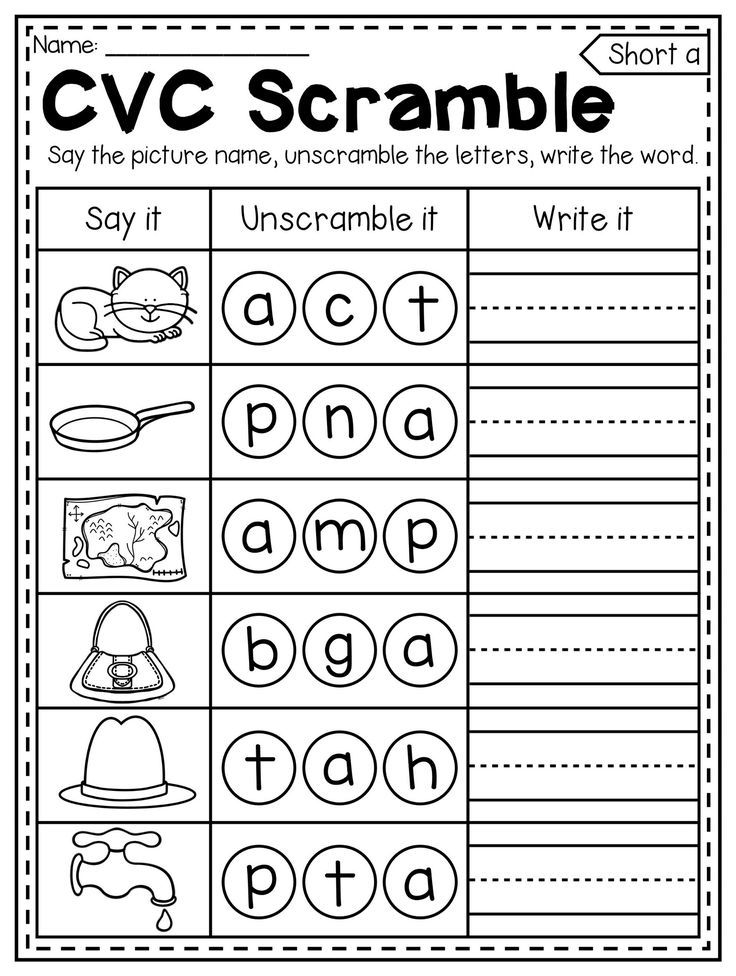 They are mostly the most commonly used words which are easy to read and write. In which a vowel letter is encompassed by two consonants.
They are mostly the most commonly used words which are easy to read and write. In which a vowel letter is encompassed by two consonants.
Few examples of CVC words are:
| cat | hat | bat | man | pan |
| pen | den | hen | web | net |
| pin | bin | tin | tip | hit |
| top | hop | log | top | mop |
| bun | run | sun | cup | tub |
How To Read CVC Words
Blending by Sound
CVC words can be read by blending the sound of each letter in a word.
For example, the words ‘cat’ can be read by taking the sound of ‘c’ and blending it with the next letter sound ‘a’ ending with the ‘t’ sound.
One of the best ways to teach phonic sounds and words pronunciation is through activity worksheets and kids’ learning videos. I shall be giving references to free vowel activity worksheets and videos later in this blog.
I will suggest you to start with the worksheets with graphics, wince children tend to pay more attention to pictorial representations rather than just a plain text.
Practice Worksheets
Take a print of the worksheet, and sit with your child. Help in reading and writing. Encourage the child so that they can do better.
You can find a variety of CVC practice worksheets in the link given below (thank me later
):
Download Free PDF CVC Words / Three Letter Worksheets
Videos
Another way is to watch CVC words video with the kids.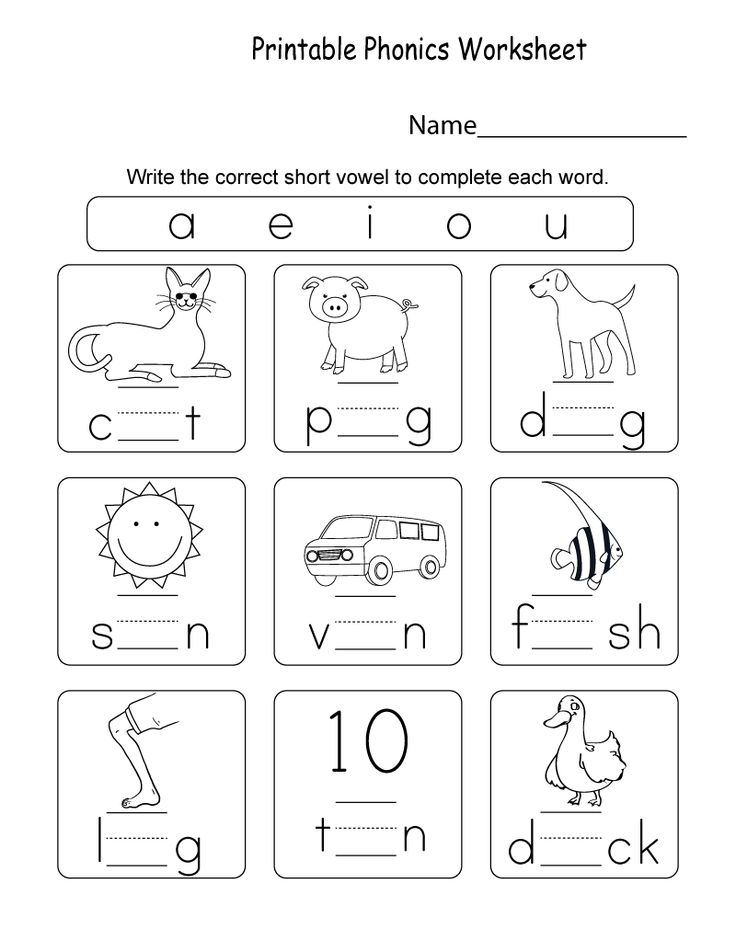 Rather than just playing video and let the child sit alone and watch, it better is to sit down with them and read along so that the child can develop an interest.
Rather than just playing video and let the child sit alone and watch, it better is to sit down with them and read along so that the child can develop an interest.
“Vowels For Kids: How To Identify If Your Children Are Ready To Learn Vowels?”
- 1 Comment
- AK
- November 26, 2021
Do your children struggle with vowels? Do they find it difficult to grasp the different variants of the vowels? Are you tired of looking for effective ways to teach vowels to preschoolers? Then your search ends here. This article talks about ways to teach vowel sounds to your kids.
But before you get into it, it is important to understand the meaning of vowels, the reason for your kids to learn them, and the right age to do it.
What are vowels?
Out of the 26 letters of the English alphabet, letters A, E, I, O, and U are called vowels.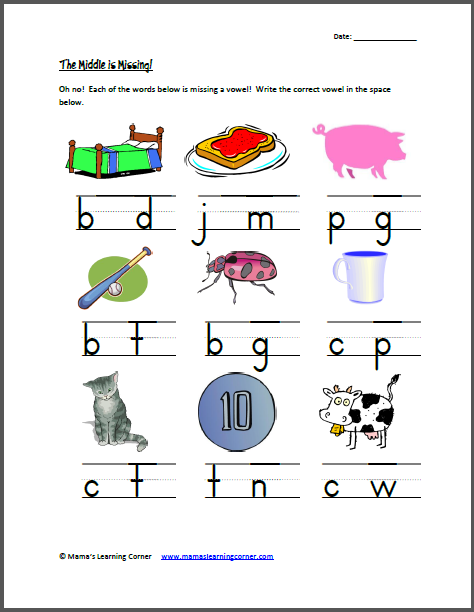 Letters other than these 5 are called consonants. Vowels are present within all the words found in the English Language. So without learning vowel sounds, it is impossible to pronounce any word in the language.
Letters other than these 5 are called consonants. Vowels are present within all the words found in the English Language. So without learning vowel sounds, it is impossible to pronounce any word in the language.
So, what’s the difference between vowels and consonants? The difference lies in the way they are pronounced. When vowels are produced, there is no restriction of the passage of air from the lungs to the mouth. But when consonants are produced, the air passage is restricted by either the throat, lips, teeth, or tongue.
There are two types of vowel sounds in the English Language- long vowels and short vowels. Long vowel sounds are pronounced like the letter it designates, while short vowel sounds are pronounced differently from the letter it designates. Short vowel sounds always occur after a consonant and cannot be placed at the end of a syllable.
Why is it important to teach your children vowels?
Teaching vowels are crucial to develop good reading skills in children. It helps children understand the difference between CVC (consonant-vowel-consonant) words like pat and pit, bat and bet, etc. Without a good understanding of vowels, children often find it difficult to read and spell words right. So, learning vowel sounds is indispensable in your children’s life.
It helps children understand the difference between CVC (consonant-vowel-consonant) words like pat and pit, bat and bet, etc. Without a good understanding of vowels, children often find it difficult to read and spell words right. So, learning vowel sounds is indispensable in your children’s life.
But if you’re wondering what’s the right age for your children to learn vowels, then read on.
How to Identify if your children are ready to learn vowels?
Vowels are the building blocks of the English language. Understanding the difference between long and short vowels can seem like a herculean task for your children if they aren’t ready to learn vowels. And here’s how you can know whether your little champs are ready.
When kids learn to distinguish between beginning and ending sounds in words, it is a sign that they are ready to learn vowels. To know this, pay close attention to the way they spell CVC words like PEN or PIN. The sound they produce will often be wrong.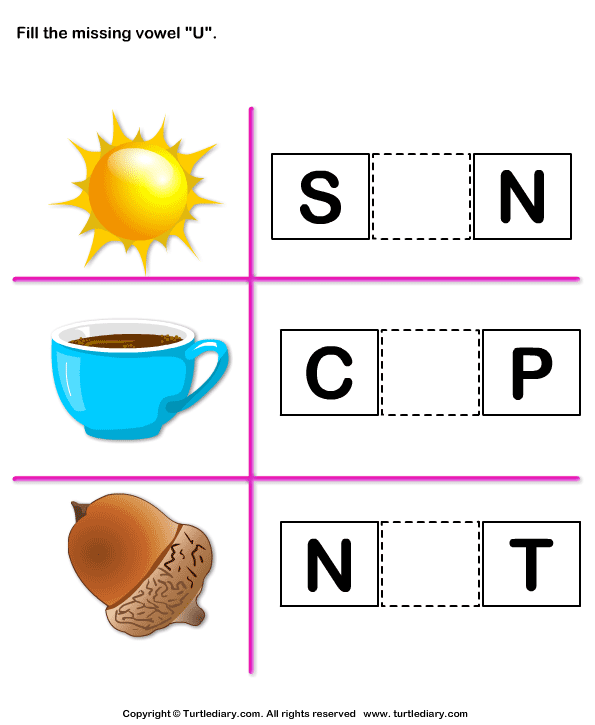 But the good news here is that they are now aware of the existence of something else between P and N. They can now hear some other sound between P and N.
But the good news here is that they are now aware of the existence of something else between P and N. They can now hear some other sound between P and N.
And this development of recognizing vowel sounds is a sign for you to introduce vowels to your children!
How to teach vowel sounds to your children?
Here are some actionable tips to teach vowels to your preschoolers:
- Start with Names of Vowels
Begin by teaching them the names of each vowel. The chief aim here is to make the kids learn, repeat, and memorise the vowels. There are many activities for teaching vowel sounds. Some of them are as follows:
- Use Songs to Teach Vowels
Using songs to teach vowel sounds is the most effective way to begin. Children enjoy singing songs and consider it a fun activity rather than a learning activity. Tweaking the nursery rhyme ‘Old MacDonald’ is one of the most popular ways to teach vowels. Instead of the usual ‘Ee i ee i o’, substitute it with ‘A, E, I, O, U. ’ You can find the animated video of this new version here.
’ You can find the animated video of this new version here.
- Teach them the Hand Motions
Some children find it easy to grasp things when they learn by touching or by physical means. They are called kinesthetic-tactile learners. If your children belong to this category, teaching hand motions is the easiest way to teach them vowels. They will learn to find a connection between hand motion, vowel sound, and shape. This helps them to learn faster and retain longer.
2. Short Vowels Before Long Vowels
Introduce your children to vowels by teaching them short vowels first. Having a thorough understanding of short vowels is required before learning long vowels. If your children fail to grasp short and long vowels, it will have an undesirable effect on their reading skills.
Constant revision is the only shortcut to make kids good with vowels. There are many interesting activities for teaching short vowel sounds to children. Some of the most effective and easy ones are here:
- Learn with placards
Placards made out of ice cream sticks and paper can be used to teach short vowels to kids.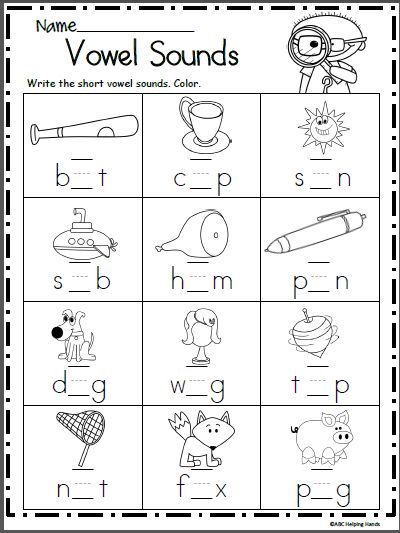 Each short vowel should be written on a single placard. In this activity, you should say words aloud and ask your children to raise the placard with the right short vowel in it.
Each short vowel should be written on a single placard. In this activity, you should say words aloud and ask your children to raise the placard with the right short vowel in it.
For example, your kids should hold up the placard with the vowel ‘a’ if you say the word CAT aloud. If you say the word SIT aloud, your kids should hold up the placard with ‘i’ in it.
- Trace on sand
Making kids trace vowels on sand is a multi-sensory approach and hence is one of the most effective ways to teach them vowel sounds. To perform this activity, spread sand on a plate and give it to your kids. Then say a vowel sound aloud, make kids repeat the sound, and make them trace the vowel on the sand.
If you find it difficult to find sand, download any sand drawing apps from Google Play. This would be a new experience for the kids and will help retain their interest for a longer time.
- Practice In Front of a Mirror
Make children practice saying vowels in front of a mirror.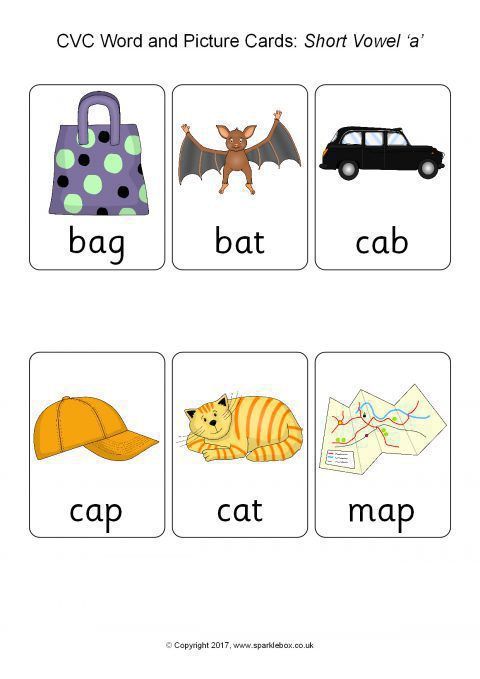 When they observe the shape of their mouth while pronouncing these vowels, they will understand the subtle difference in pronunciation.
When they observe the shape of their mouth while pronouncing these vowels, they will understand the subtle difference in pronunciation.
For instance, voicing vowels ‘e’ and ‘i’ can be confusing for many early learners. But when they practice in front of a mirror, they will learn to distinguish it better.
3. Take it to the Next Level with Long Vowels
Once your children master short vowels, then you can move to long vowels. Long vowels are quite tricky so give children ample time to understand them. The different spellings of long-vowels can be quite overwhelming for them if introduced all at once. Hence, it is important to introduce one vowel at a time.
Just like with short vowels, practice is the only way for your child to wade through the initial confusion. There are many activities to teach long vowels interestingly. Some of them are:
- Long or Short Game
This is a simple but effective activity to help children get familiar with long and short vowels.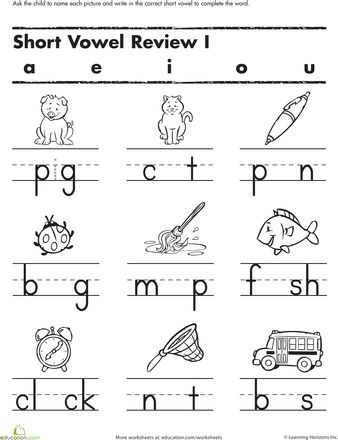 Say a word aloud and ask your children to identify if the vowel used in the word is short or long. Worksheets available on the internet for long and short vowels can come in handy for this activity.
Say a word aloud and ask your children to identify if the vowel used in the word is short or long. Worksheets available on the internet for long and short vowels can come in handy for this activity.
So if you say the word CAKE, children should identify and say that the vowel used is ‘Long A.’If you say the word ‘BAT,’ they should identify that the vowel used is ‘Short A.’
- Sort and Learn
Another interesting activity you can try with your kids is sorting. You can create a list of words using long vowels and ask them to sort them into groups of different long vowels. You can either write the words or download a worksheet for the same.
Give words like snake, train, grapes, and whale. The children should be able to group them under the different long vowel forms of ‘A.’ For example, the word snake should come under the group ‘a-i’ and so on.
- Find the Correctly Spelt Word
This is a bit more advanced than the rest of the activities. Hence, it is suitable once your children become experts at other activities mentioned. The task involves giving them three or four spellings of a word as options and asking them to choose the right one. The options included should be spelling variations of the same long vowel.
The task involves giving them three or four spellings of a word as options and asking them to choose the right one. The options included should be spelling variations of the same long vowel.
For example, you can give options, payne, pain, and pane and ask your children to identify the right word.
Wrapping Up
Vowels are a hard nut to crack for your little champs. And practice is the only way to help them grasp it. But take an effort to make the learning process as easy and interesting as possible. Follow the fun activities described in this article and watch them fall in love with vowels.
Learning vowels tasks for preschoolers 5-6 years old in a playful way
Learning to read begins with the study of letters and sounds. The kid learns them separately, and then begins to put them into syllables, and later into words. So that acquaintance with letters does not turn out to be too difficult for the baby, you need to organize it correctly. Let's find out how to quickly learn vowel sounds with your child.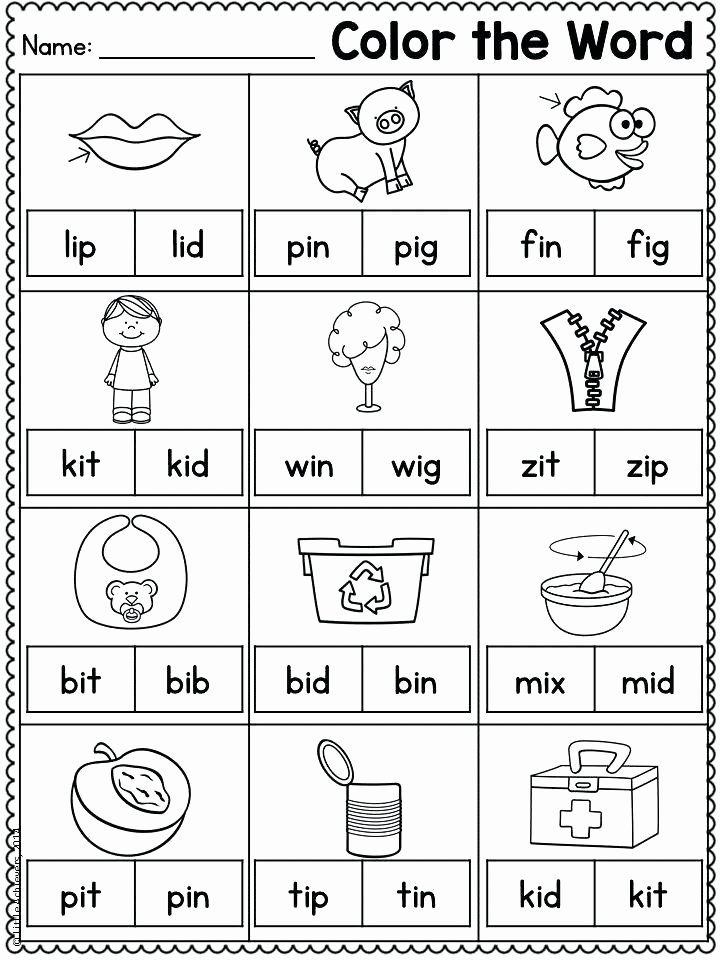
How to start learning vowels
Many parents begin to teach their children the alphabet, looking at all the letters in a row, in alphabetical order. This is not the correct method. It is better to divide the letters into vowels and consonants and learn each group separately. This approach will greatly facilitate the child's task.
Start with vowels. First, explain to your child the difference between vowels and consonants. Vowels are sounds that are pronounced by the voice. They are sonorous, from which you can sing, stretch your voice.
To show your child the difference between vowels and consonants, give him a mirror and ask him to pronounce different sounds. Let him see how the position of the mouth changes during the pronunciation of vowels and consonants. When pronouncing vowels, the mouth is freely open, the tongue lies and does not move, and the air freely leaves the throat. The pronunciation of consonants involves lips, tongue, teeth.
When the child learns to distinguish between these two groups of sounds, you can move on to a more detailed study of vowels.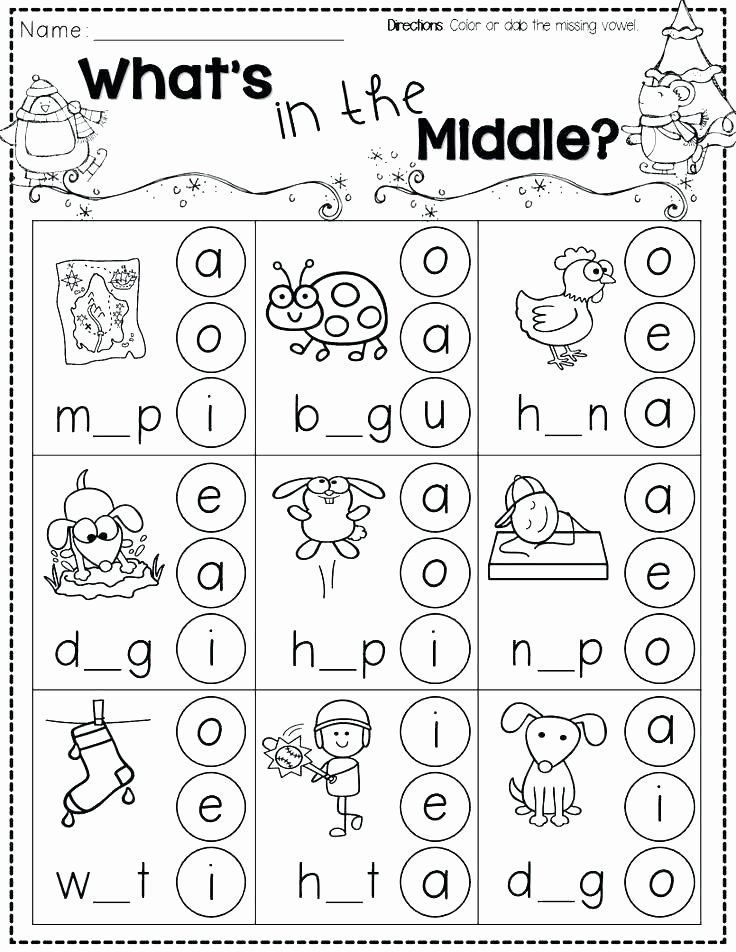
Method for studying vowels
There are ten vowels in the Russian alphabet - A, O, U, Y, I, Y, E, Y, Y, E. To make it easier for a child to remember them, make them from cardboard (or buy ) cards with their image.
Letters A, O, U, Y, E write in one color, for example, red. And the letters I, Yo, Yu, I, E - in a different color, for example, blue. This is necessary so that the child learns to distinguish between "hard" and "soft" vowels.
Arrange the cards in pairs: A-Z, O-E, U-Y, Y-I, E-E and show the child. Explain that paired sounds are similar to each other, only A, O, U, S, E are pronounced firmly and with a wide open mouth, and I, E, Yu, I, E have a soft sound and when they are pronounced, the lips stretch or fold into tubule.
Let the child practice pronouncing sounds in pairs by observing his facial expressions in the mirror.
Letter games
Children learn best through play. So turn the boring memorization of sounds into a fun game.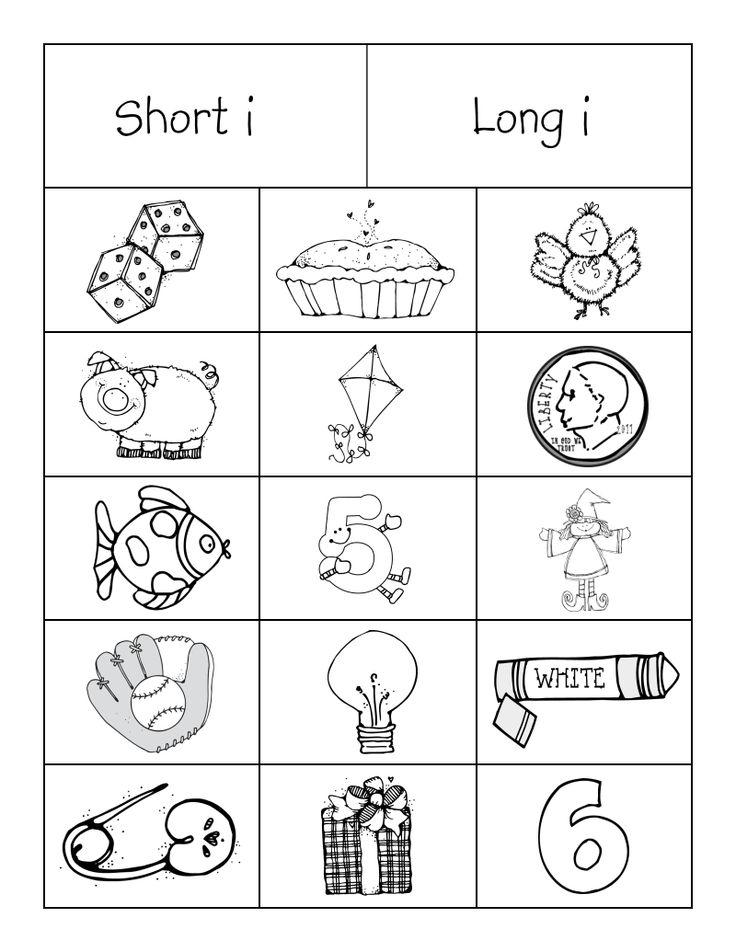
- Shuffle the cards and place them face up on the table. The task of the kid is to fold the cards with red and blue letters (A-Z, O-Yo, etc.) in pairs.
- Shuffle the cards like playing cards. Pull out one, show the child and ask what kind of letter is written on it. If he answered correctly, the card goes to him, if incorrectly, it is returned to you. To make it easier for the baby, first show the letters in pairs (A, then Z, etc.), and then at random.
- Draw or give a task a child to draw a house with ten windows - five in two rows. Write in each box of the first row the letters A, O, U, Y, E, and then ask the child to write in the boxes of the second row a pair for each letter. Then erase the letters and enter in the first row of boxes I, Yo, Yu, I, E and ask the baby to enter their pair in the second row. Then erase all the letters again and invite the child to enter all the pairs in both rows of boxes.
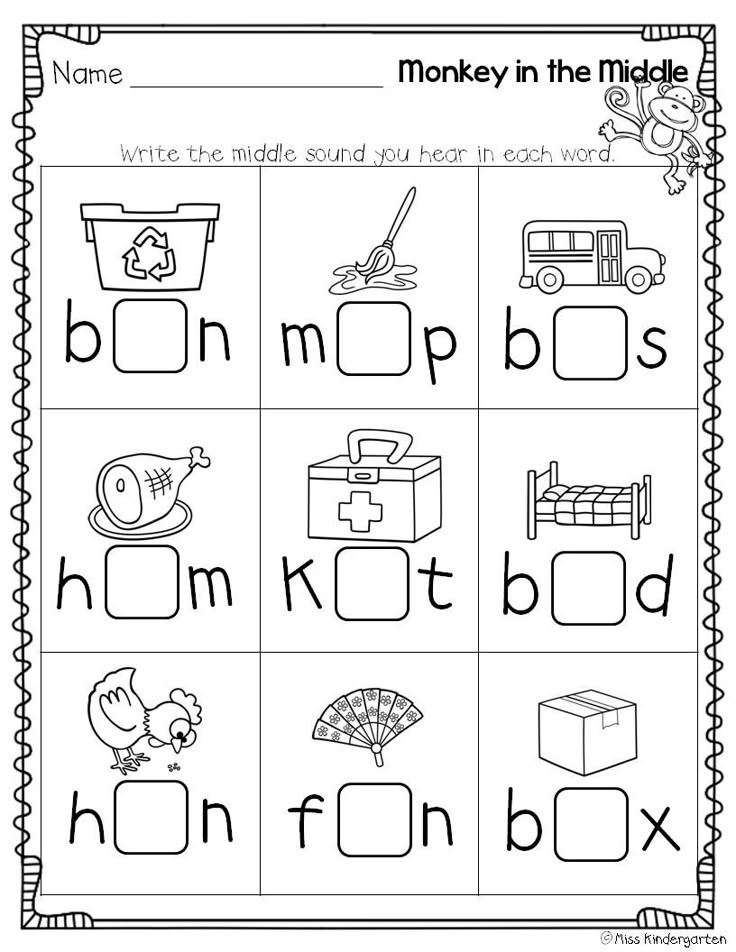
- name words that begin with vowels, and ask your child to name this sound (watermelon, donkey, snail, spinning top, apple, Christmas tree, blackberry, needle, exam). Then the child must come up with words that begin with each vowel sound. Invite him to name a word that starts with Y. After unsuccessful attempts to do this, explain that in Russian this letter never occurs at the beginning of a word. Name the words in which Y is in the middle (fish, lynx, skis) or at the end (teeth, mushrooms, mountains).
- Find pictures of objects with three letters in the name , one of which is the vowel (cat, onion, cheese, crayfish, beetle, etc.). Ask the child to name the object shown in the picture, determine what vowel sound is in this word and where it is located (at the beginning, middle or end of the word).
- Take a pencil and write any vowel in the air. The kid must guess what exactly you wrote.
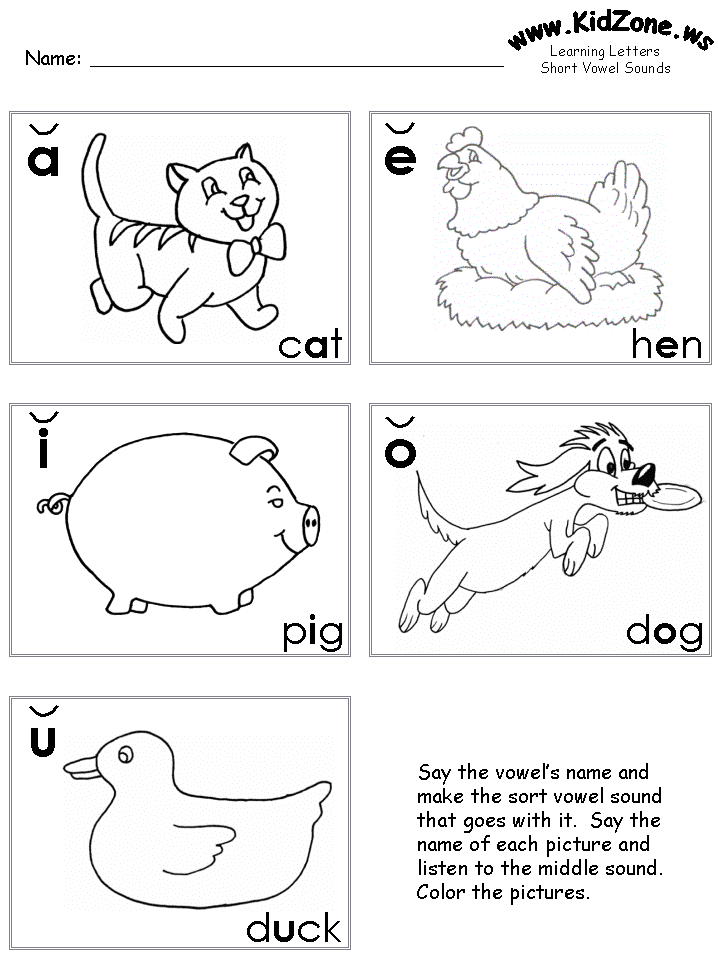
Magnetic letters will be a good help in learning. They are bright, multi-colored, they can be attached to any metal surfaces. The kid will be happy to play with them.
Play these games every day to be effective. If the child does not want to play at the moment, do not force him. Postpone exercise for the evening. Don't do it for too long so your baby doesn't get bored. Let him look forward to the next time.
When the baby learns the vowels well, you can move on to studying consonants, composing syllables, and then to full reading. If you do not have time to teach your child to read before entering school, do not worry. First graders begin to learn to read from the first days of September. And if the child already knows letters and sounds, this process will not seem difficult to him.
Vowel sounds (compendium of OOD on teaching literacy of older preschoolers) | Condition plan for literacy training (preparatory group) on the topic:
Municipal Budget Preschool
Educational Institution
kindergarten of general developmental type No.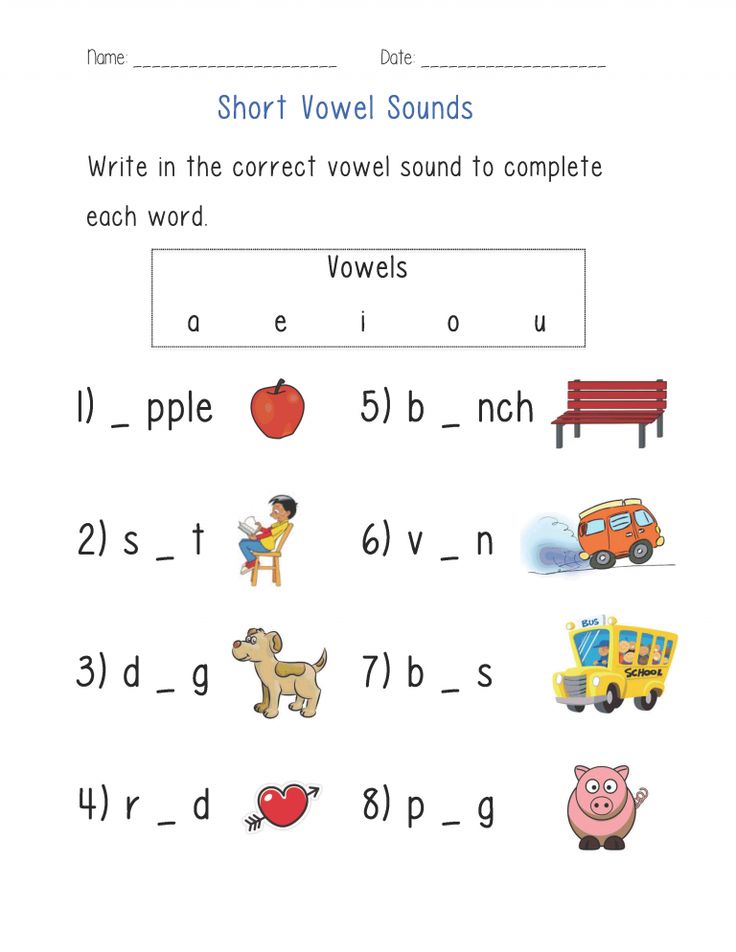 25
25
Summary of Literacy Lesson
»
prepared by a teacher-speech therapist
Bondarenko Liliya Vladimirovna
Starotitarovskaya
Temryuk district
Krasnodar Territory
Russia
2013
Vowel sounds
Purpose: give children the concept of vowels and their designation on the letter.
Objectives: to clarify and consolidate the articulation of vowel sounds; learn to highlight a vowel sound at the beginning, middle, end of a word; to consolidate the concept of the syllable-forming role of vowels; show the semantic role of vowels; to teach the analysis and synthesis of words of class III; develop phonemic perception, attention, memory; educate observation of linguistic phenomena.
Equipment: subject pictures (house, crayfish, onion, mouse, steam, catfish, soup, cheese), Vowel Sounds poster, word charting handout, individual mirrors.
Course of the lesson
I. Organizational moment.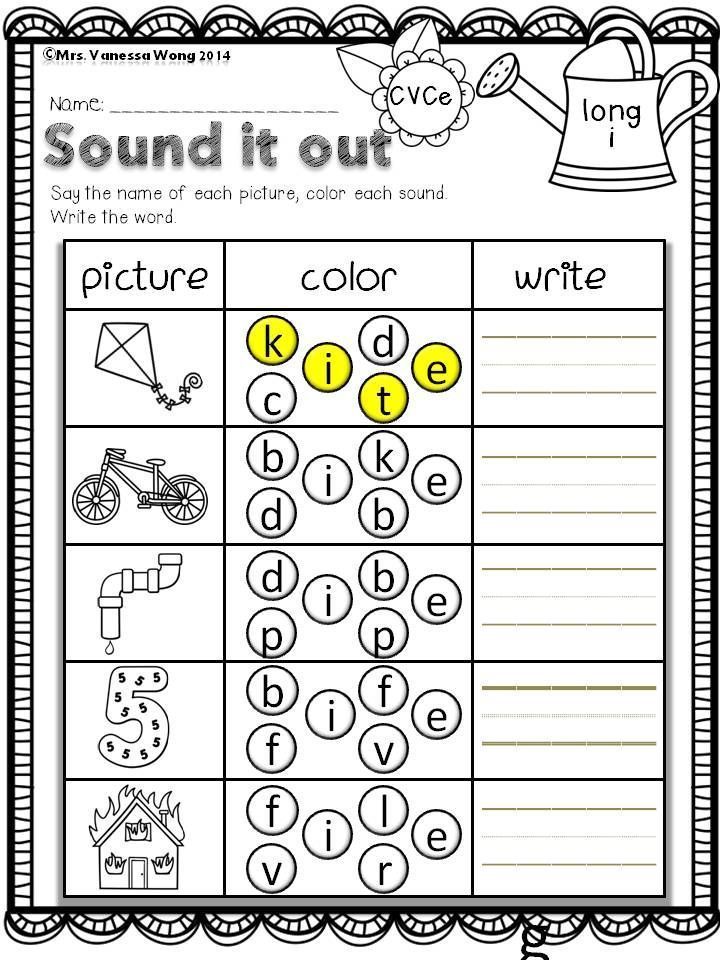
Speech therapist. The first to sit down are those children whose names contain the sound [A] (and further in turn), [C], [T] ...
Children: Alina, Alyosha ...
Sasha, Sveta ...
Tanya ... etc.
II. Conversation on the material covered.
– What can be made up of sounds? (syllables, words)
- What can be formed from syllables? (words) from words? (offers)
of the sentences? (text)
III. Explanation of new material.
1. Presentation of the topic of the lesson.
Speech therapist. Let's say the sound "a" in front of the mirror. Look at how it is pronounced: the air in the mouth meets no barriers, the sound is sung with a voice.
A voice - a voice, that's why it is called like that - a vowel sound.
This sound is always sung,
This sound flows like a song.
Sound, you are free to fly,
There is no barrier on the way!
So, guys, today we will work with vowel sounds.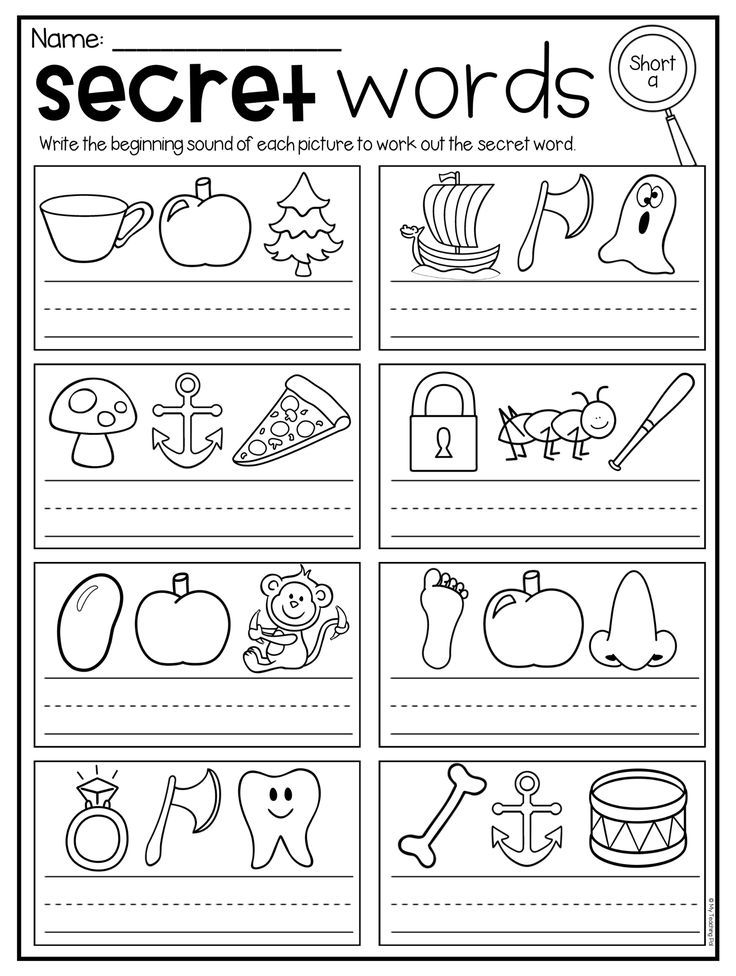
2. Clarification of the articulation of vowel sounds.
a) Speech therapist. What sounds can be sung with a voice so that the air comes out freely, without obstruction?
In front of the mirror, children disassemble the articulations of sounds:
O, U, Y, A, I. Air passes easily through the mouth. Nothing interferes with the air. The lips even made gates for Air, their shape resembles a large circle. The sound can be sung, pulled, it is easy to speak.
Sound O: the neck is buzzing (check by putting your hand). Air passes easily through the mouth. Nothing interferes with the air. The lips even made gates for Air, their shape resembles an oval elongated vertically (cucumber). The sound can be sung, pulled, it is easy to speak.
Sound U: the neck is buzzing (check by putting your hand). Air passes easily through the mouth. Nothing interferes with the air. The lips even made gates for Air, their shape resembles a small circle. The sound can be sung, pulled, it is easy to speak.
Sound Y: the neck is buzzing (check by putting your hand). Air passes easily through the mouth. Nothing interferes with the air. The lips even made gates for Air, their shape resembles the lower half of a circle. The sound can be sung, pulled, it is easy to speak.
Sound I: the neck is buzzing (check by putting your hand). Air passes easily through the mouth. Nothing interferes with the air. The lips even made gates for Air, their shape resembles a horizontal stripe..
- What are these sounds called? (vowels)
b) Determine what sound the speech therapist pronounces according to silent articulation.
A - O - U - S - I.
- How did you guess?
Sound A: Air passes easily through the mouth. Nothing interferes with the air.
Large circle.
Sound O: Air moves easily through the mouth. Nothing interferes with the air.
The lips even made collars for Air, their shape is
resembles an oval stretched vertically (cucumber).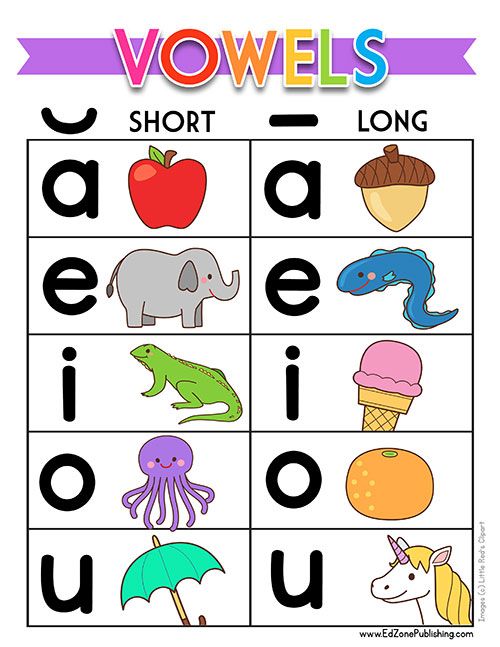
U sound: air passes easily through the mouth. Nothing interferes with the air.
The lips even made collars for Air, their shape
resembles a small circle.
Sound S: air passes easily through the mouth. Nothing interferes with the air.
The lips even made collars for the Air, their shape
resembles the bottom half of a circle.
I sound: air moves easily through the mouth. Nothing interferes with the air.
The lips even made collars for Air, their shape
resembles a horizontal stripe.
Physical school
Bear-TOP-TOP,
A HEZHOK-CLAS-CHLOP,
And the wolf cub-the Nutcracker,
A bunny-Skok-Skok,
A fox-Shmyg-shym,
A squirrel - jump-jump.
(motion simulation)
3. Determination of initial and final vowel sound.
Speech therapist. Name the vowel:
a) with which the word begins
stork (A), ear (U), donkey (O), aster (A), frost (I), echo (E).
b) with which the word ends ...
needle (A), balls (S), owl (A), cinema (O), lights (I).
4. Identification of a vowel sound from the middle of a word.
a) The speech therapist calls the word, the pupils determine the vowel sound and raise the corresponding letter.
Son(s), poppy(A), com(O), oak(U), mayor(E).
b) The speech therapist shows a picture, the children pronounce the vowel sound, highlighting it from the name of the picture, and raise the corresponding letter.
House (O), cancer (A), onion (U), mouse (S), steam (A), catfish (O), soup (U), cheese (S).
Speech therapist. What did you call? (Sound)
- What was shown? (Letter.)
5. The meaningful role of vowels.
Speech therapist. Here is a word from which a vowel escaped. Help put her back in her place. What letter escaped?
– What word did you get?
- What does it mean?
b ... k (a, tank) b ... k (o, side)
b .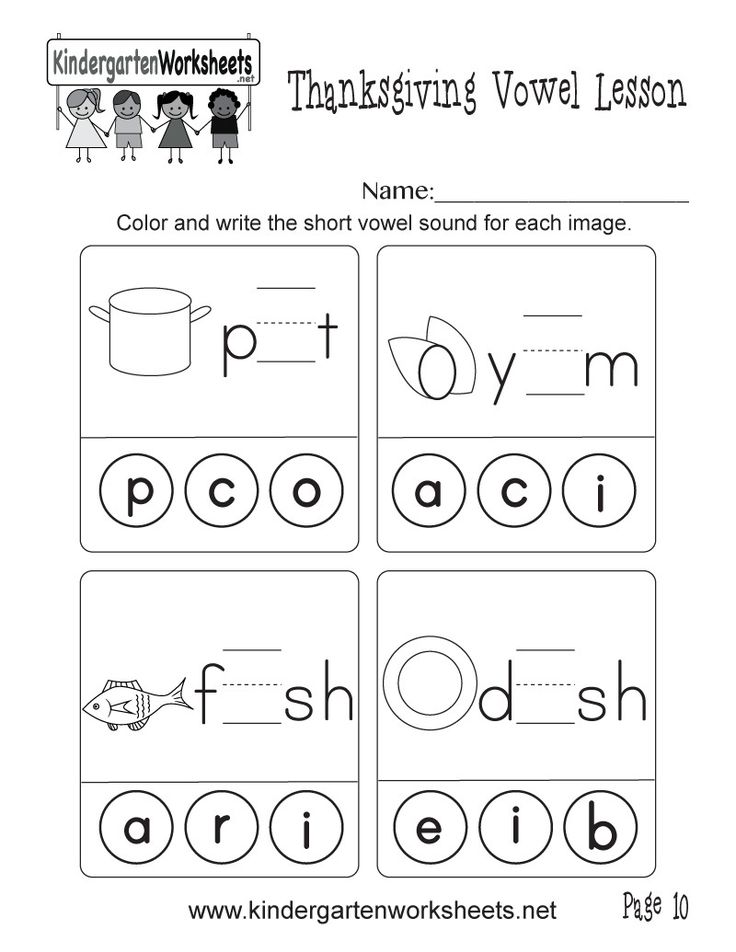 .. k (s, bull) b ... k (y, beech)
.. k (s, bull) b ... k (y, beech)
- what was inserted? (A letter.)
Conclusion: One letter can change the meaning of a word.
Physical education
6. Dividing words into syllables. (fix the concept of the syllable-forming role of vowels)
Children divide the words proposed by the speech therapist into syllables
Speech therapist. Cubes (3), paw (2), perfume (2), leg (2), car (3), street (3), melon (2), milk (3), boots (3), road (3).
- How many vowels are in these words?
Each of the students knows this -
How many vowels in a word, so many syllables.
6. Analysis of the word "tank".
Speech therapist. How many syllables are in the word "buck"? (1)
- How many sounds are there in this word? (3)
- How many vowels? (1)
- Outline the word, highlight the vowel in red.
IV. Outcome.
– What sounds are called vowels? (They are sung, there is no barrier.) Name them.



